Packaging Equipment
Packaging equipment refers to the many types of equipment used in the process of protecting products and materials. This is often for storage, sale, and distribution. This process is used to speed up the process for packing and shipping while reducing labor costs for companies. Often times, packaging equipment can be referred to as packaging machinery.
Applications
Most often, products are in need of packaging for protection purposes, but they can also be for easy transport and handling. This packaging can protect from impact, extreme temperatures, and moisture especially for food items which can be contaminated.
Packaging is a useful resource for storage and increased efficiency when handling products for retail purposes. Food packaging machinery is designed to handle substances that would be unmanageable for workers such as sugar and flour. Having this kind of machinery, companies are able to have fast and efficient means of packaging for many industries such as food packaging, electronics, agriculture, manufacturing, and pharmaceuticals.
History
Packaging can be traced back thousands of years. The early days of packaging had to be done manually and was likely made from woods, skins, leaves, and other materials of the sort. As time went on, packaging was made with woven pouches, baskets, straw, and other containers like ceramic.
In the 19th and 20th centuries, packaging machinery started becoming more prevalent. New packaging types were invented such as bags, food packaging, storage bins, and retail packaging mostly made with paper. In 1894, Friedrich Hesser developed the first pouch machine for packaging goods. And later in 1890, Michael Owens invented the first automatic rotary bottle-making machine which led to the glass container popularity from then on until the 1960’s. In the early 1900’s, plastics were then introduced into the packaging industry. In 1906, one of the first packaging machines was invented to accommodate for new material.
Packaging machine manufacturers and inventors were busy coming up with new and effective ways to package goods after World War I. Consumers were utilizing packaging such as cardboard boxes and metal cans heavily in everyday use. Flexography was invented in the late 1920’s, allowing companies to print more accurately on their packaging.
Packaging technology became so popular that Michigan State University become the first university in the world to offer a degree in Packaging Engineering in 1952. During this time, advances in the pharmaceutical and health industry began to utilize packaging machinery to be more efficient to package their materials.
Today, most packaging equipment is automated for efficiency and faster production times. These machines are controlled by CAD and CNC machines to reduce labor costs. A goal for the future is to find more sustainable forms of packaging and equipment.
Benefit
Packaging equipment has a number of benefits. Firstly, it is a very economical way for companies to package and distribute their goods. They are essentially eliminating labor costs from workers by utilizing an automated system like CAD and CNC machining. Packaging equipment is also very effective. These machines are able to control and distribute products correctly into packages which eliminates accidental loss of goods, pieces, and each package can have the right amount of product distributed in each. Lastly, the risk of injury for workers is eliminated.
Design & Customization
There are standard packaging machines that manufacturers keep in stock to purchase, but it is also possible to order a customized system. Depending on your needs for application, it is important to think about capabilities, available floor space, labor requirements, required packaging quality, and energy requirements and restrictions. A complex system, such as a machine that is able to perform all of the essential packaging can be customized as well.
Types
There are a wide variety of packaging types to suit specific needs.
Case Packing
Case packing equipment is packaging machinery that is designed to work with cases of all sizes and volumes. Manufacturers can pack cases of product quickly, efficiently, and uniformly with case packing. Most often manufacturers use case sealers to ensure that all of the contents are safely inside. Common case packing equipment varieties include: top load case packers, side load case packers and robotic case packers. As high traffic industrial packing equipment, case packers can be designed to work in conjunction with palletizers.
Fill Machine
Filling machines are designed to fill containers with a certain amount of material. These materials, for example, can be finished product. Fillers are typically components of conveyors, and their design varies based on whether they are meant to liquid fill or solid fill.
A popular filler process is “form fill seal” (FFS), a process during which the machine takes v-fold or flat material, forms it into a container or bag, and then fills it and seals it. Similar is filling capping sealing, during which bottles are filled, capped and sealed.
Filling Machine
Filling machines are used to take previously manufactured packaging and fill that packaging with a certain number of parts, whether it is one large part or a hundred small parts. Flexible packaging systems like bagging machines work well for liquid packaging. They’re often used for storing various chemicals, like solvents and acids, as well as beverages like soda.
Labeling Equipment
Labeling equipment provides the finishing touch to packaging by adding labels for purposes like: product identification, pricing, usage guidance, barcoding, shipping instructions and indication of tampering. Labeling equipment can be large enough to tackle high industrial loads, or it can be as small enough for small business purposes, as is the case with a handheld label applicator.
Laminating Machine
Laminating machines apply a thin laminating film to items like credit cards, work badges, papers, pamphlets and presentation documents. They are used to provide protection and a more professional touch. Typically, they consist of a heating element that adds lamination on both sides. You can purchase this packaging equipment for bulk work or personal work.
Sealing Machine
Sealing machines are packaging machines used to close and air seal after a product has been put inside it. One of the most common type of sealing machine is the heat sealer, which seals thermoplastics like shrink wrap using the direct application of heat and pressure. Sealing machines are common for food packaging equipment, packaging bakery goods, and fresh produce. Sealers are also commonly employed as pharmaceutical packaging equipment for over-the-counter and prescription drug packaging.
Shrink Packaging Machinery
When shrink packaging, or shrink wrap, is heated it shrinks and takes the form of the item it surrounds. Shrink packaging can be used to wrap a wide range of products, and shrink-wrapping jobs can be done with large machines or heat guns.
Strapping Machine
Strapping machines do not quite fit within the main categories of package processing equipment. Straps are long, narrow strips of flexible material, often a durable plastic, that are affixed to an item for the purposes of bundling, containing or securing. Strapping machines are used to address the same type of packaging needs as the more conventional types of packaging equipment.
Vacuum Packaging Machine
This is the most common type of packaging machinery for industrial and food handling applications. Vacuum packing machines provide air-tight packaging by removing the atmospheric oxygen in the package and then sealing the package. Vacuum packaging is also a popular way to seal electronics like cameras into waterproof packaging.
Safety & Compliance Standards
There are a few things to consider when looking for packaging equipment due to safety and compliance standards. First, ISO puts out international standards for packing machinery (ISO 55.200) including: labelling, branding, filling, marking, sealing machines and more. In addition, ANSI, or the American National Standards Institute, puts out a list of voluntary standard requirements for non-retail packaging equipment. This is dependent on your region, industry, and shipping intentions.
Things to Consider
At the top of this page, there are qualified companies that specialize in packaging machinery that can help you find the right tool for your project. Browse each company’s information and visit their websites to get a solid foundation of what you are looking for. It is best to make a list of requirements and compare prices and timeframes. You also want to pay attention to how they treat you as a potential customer. It is important the company you chose is going to do their best to satisfy your requirements.
Keep in mind that packaging equipment can be expensive. There are companies that are able to provide used equipment to give an alternative to customers. One disadvantage of used packaging equipment is it is often fitted to the previous owner’s application and may not perform quite as well as a new, custom-fitted packaging machine. However, used equipment from a good source will be in just-like-new condition and ready to work.
Packaging Equipment Types
- Air packers use air pressure to blow materials into a bag through a fill spout. Air packers are often used for efficient and quick filling of fine powders like sand, cement, charcoal powder and laser toner.
- Auger packers use augers to “screw-feed” material into a bag through a fill spout. Auger packers are used for fine and nonabrasive powders, including flour, powdered sugar and dried milk products.
- Bagging machines are any of various devices that place an object inside a bag. The bag is then sealed and readied for shipping.
- Food packaging equipment refers to various types of packaging machinery that are characterized by the product that they package (namely, food materials) rather than the method of packaging they perform.
- Form, fill and sealers (FFS) take a v-fold or flat material, form it into a container or bag and then fill and seal it.
- Heat sealers are machines that use heat to seal packaging.
- Hot air sealers are a type of continual motion bag sealer that use hot air to heat a container for sealing.
- Impulse sealers are devices that seal using heat. They are frequently small and manually operated and have a heating element that warms various materials to create a seal when pressed against the heat source.
- Packaging machinery refers to the equipment that is used wrap, seal and box goods for transport.
- Packaging systems are two or more separate packaging machines that have been integrated together to provide a cohesive system.
- Pharmaceutical packaging equipment refers to a broad range of machines designed to fulfill packaging and filling functions for the pharmaceutical industry.
- Rotary sealers are packaging machines that use continual motion to seal packages.
- Used packaging equipment refers to machinery that has been previously owned or operated for the purposes of enclosing or protecting products and materials.
Packaging Equipment Terms
Automatic (Fully-Automatic) – Packaging equipment that is capable of functioning without the intervention of an operator. Operators usually only involve themselves with the replenishment of packaging components or containers.
Bags Per Minute (BPM) – The number of units (bags, cartons, boxes etc.) a machine can deliver within a one-minute period.
Bead Seal – Two edges of material welded together without overlapping to create a seal along a narrow strip.
Casters – Wheels that are available for most conveyors and sealers. They allow machinery to be easily portable in times of cleanup and changeover.
Closure – Used in packaging to close a container or package.
Consumable/Wear Parts – Parts of packaging equipment that, because of wear and tear, need to be replaced frequently.
Crimping – The mechanical deformation of a material. This is typically used on metals.
Critical Sealing Parameters – Three critical sealing parameters that directly contribute to the seal quality when using a heat seal. These are temperature, pressure and dwell time.
Dwell Time – The time that a bag being sealed shut is exposed to pressure and heat.
Emboss Coder – A mechanism that encodes a date or lot code on a container or bag by pressing metal characters upon it. Emboss coders deform the bags or containers rather than apply ink to them.
Footprint – The floor space that a piece of equipment occupies.
Gross Weight – The weight of a product and the container it occupies.
Gross Weight Scale – An industrial scale that is used to weigh a product in its final package before being shipped.
Group Package – A group of products that are ready to be processed by packaging machinery into bundles and multi-packs.
Ink Coder – A mechanism that codes bags or containers by pressing ink-coated characters against the material.
Load Cell – A device that responds to pressure and provides a reading to describe the source of the pressure.
Magazine – Part of the packaging process that holds cartons, carton blanks, leaflets, labels, lids and stackable containers.
Mandrel – A mechanical assembly that is used to form a bag or carton.
Net Weight – The gross weight of a packaged product minus the tare weight.
Shrink-wrapping – Process that provides a 5-sided protection and unitization by forming a bag from a tubular roll of thermoplastic, placing it loosely over the load and applying heat, either using gas or electric, to shrink the film to the form of the load.
Stretch-Hooding – A process, more prevalent than stretch wrapping, that provides 5-sided protection and unitization by forming a bag from a tubular roll of thermoplastic, and stretches it over the entire load. The under pallet stretch function provides more load stability by unitizing the load with the pallet.
Stretch wrapping – Process that involves wrapping thermoplastic film tightly around a product.
Supported Materials – Materials that cannot be melted but are heat-sealable.
Tare Weight – The weight of the bag or container alone.
Trimmer – Used to cut off excess amounts of material after a packaging process has been completed.
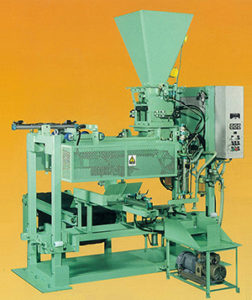
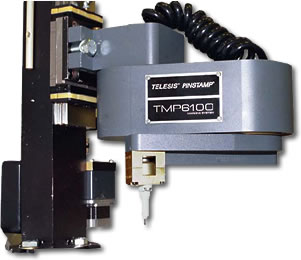
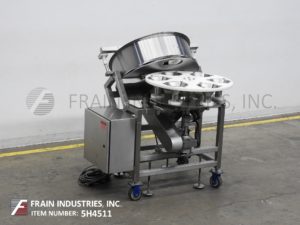
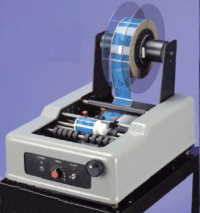
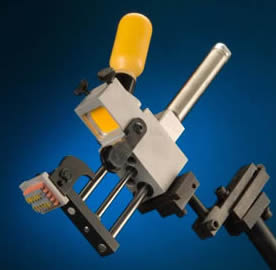
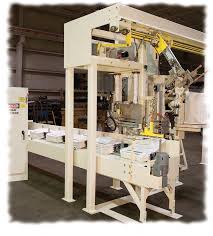
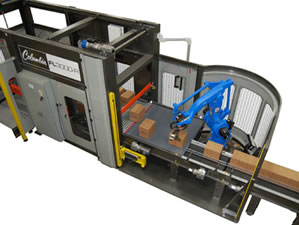
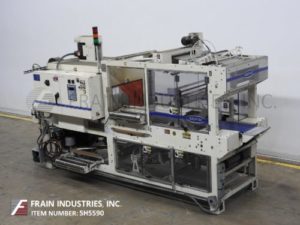
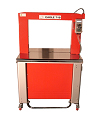
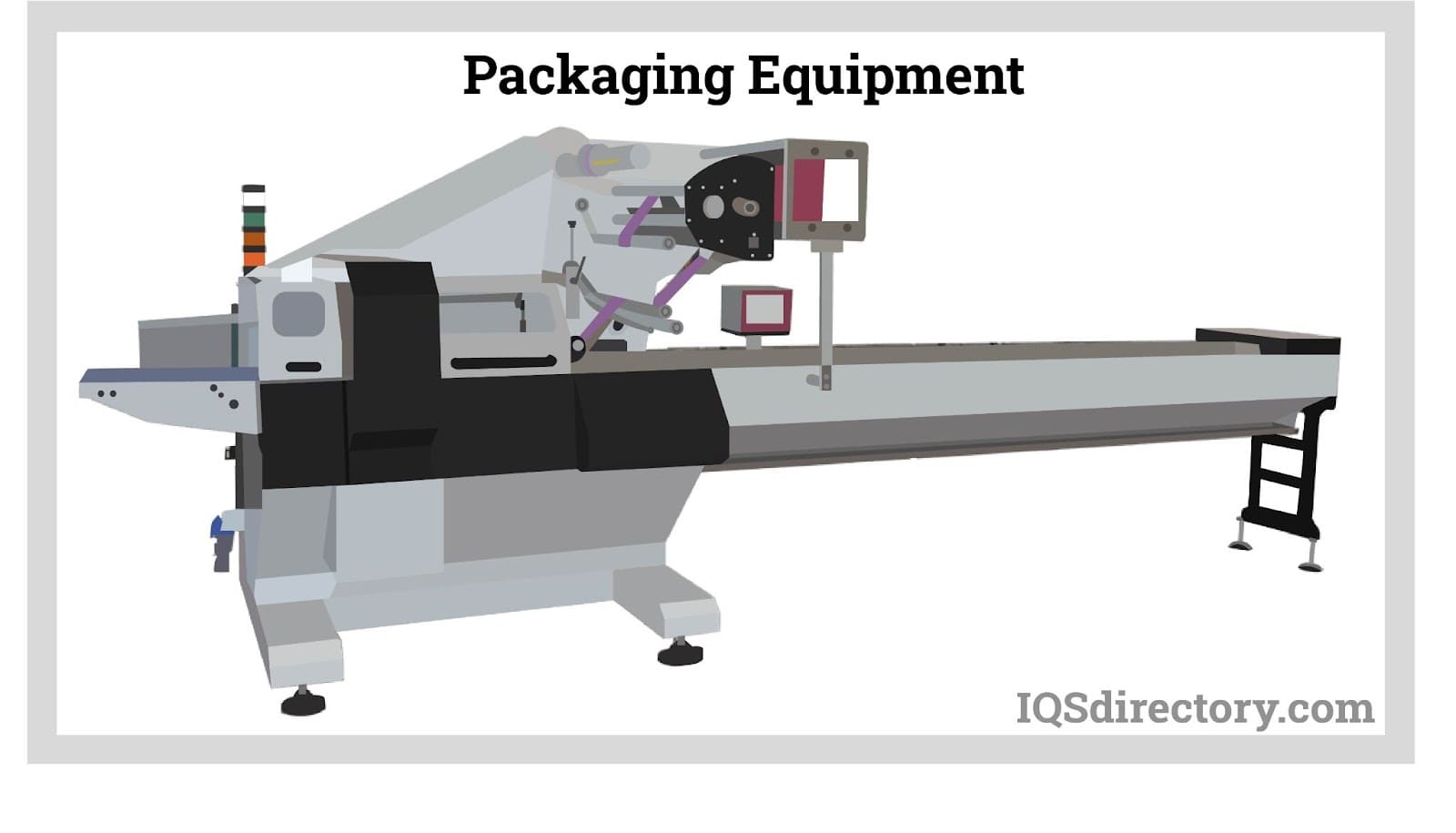
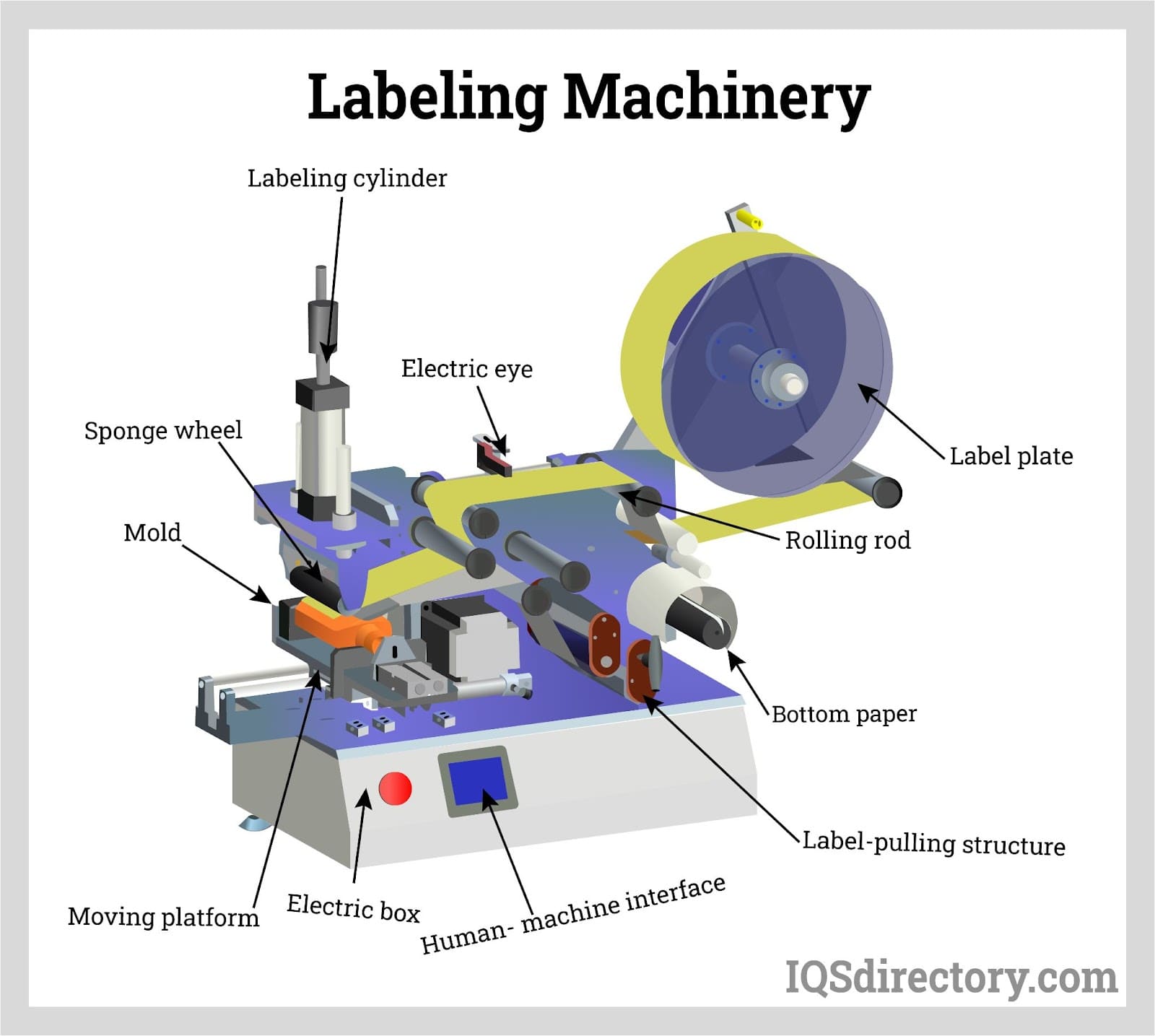
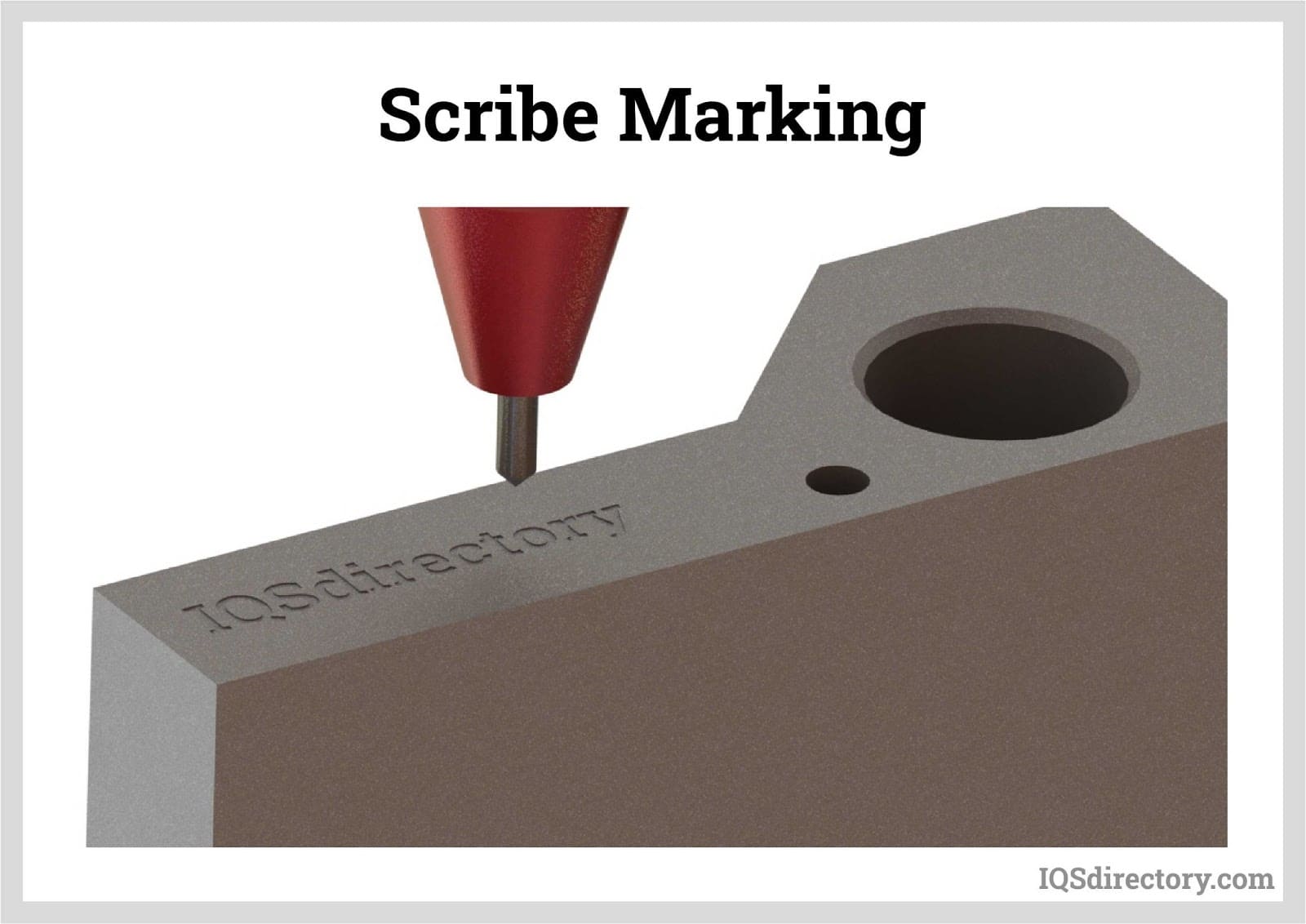
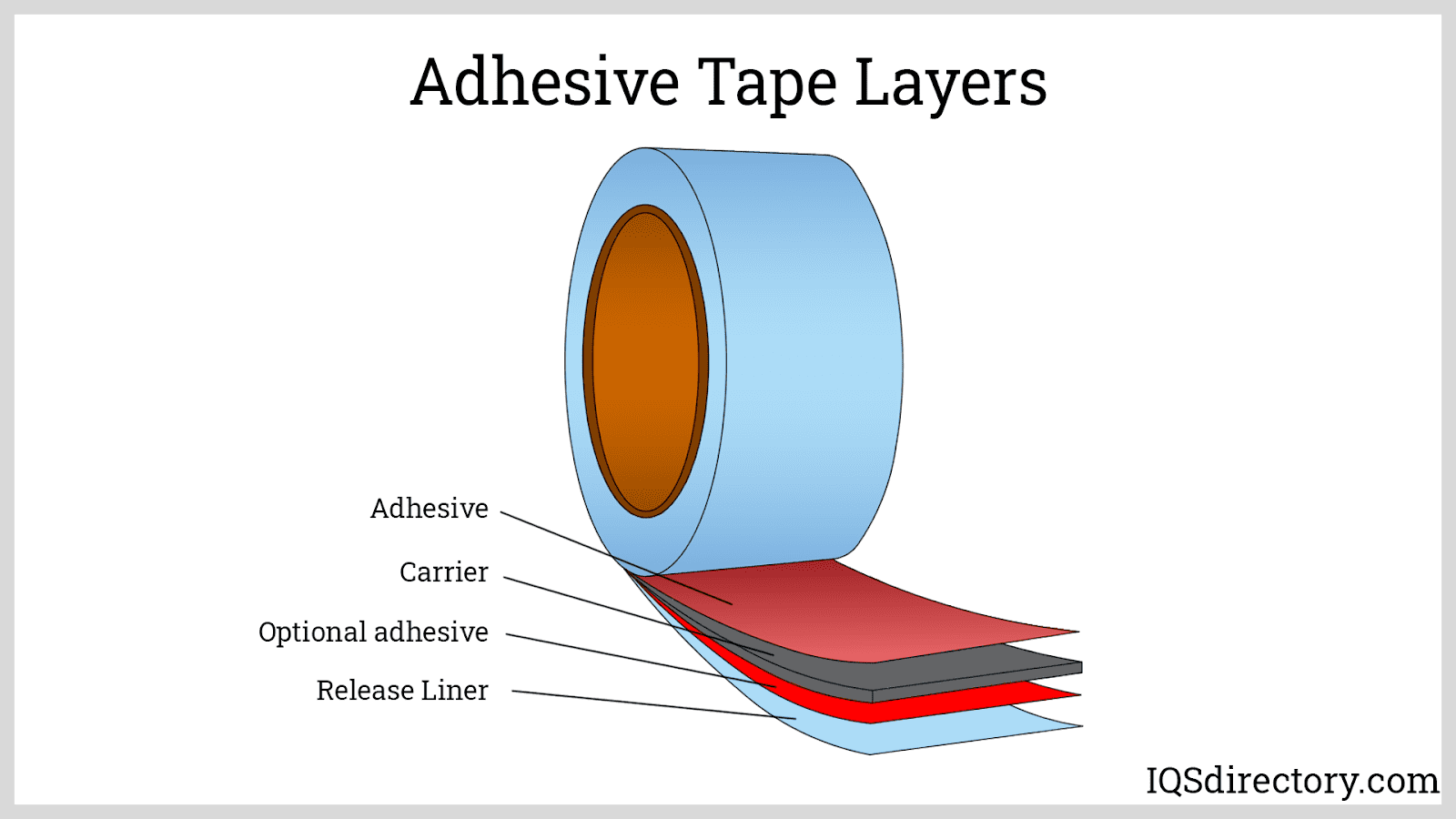
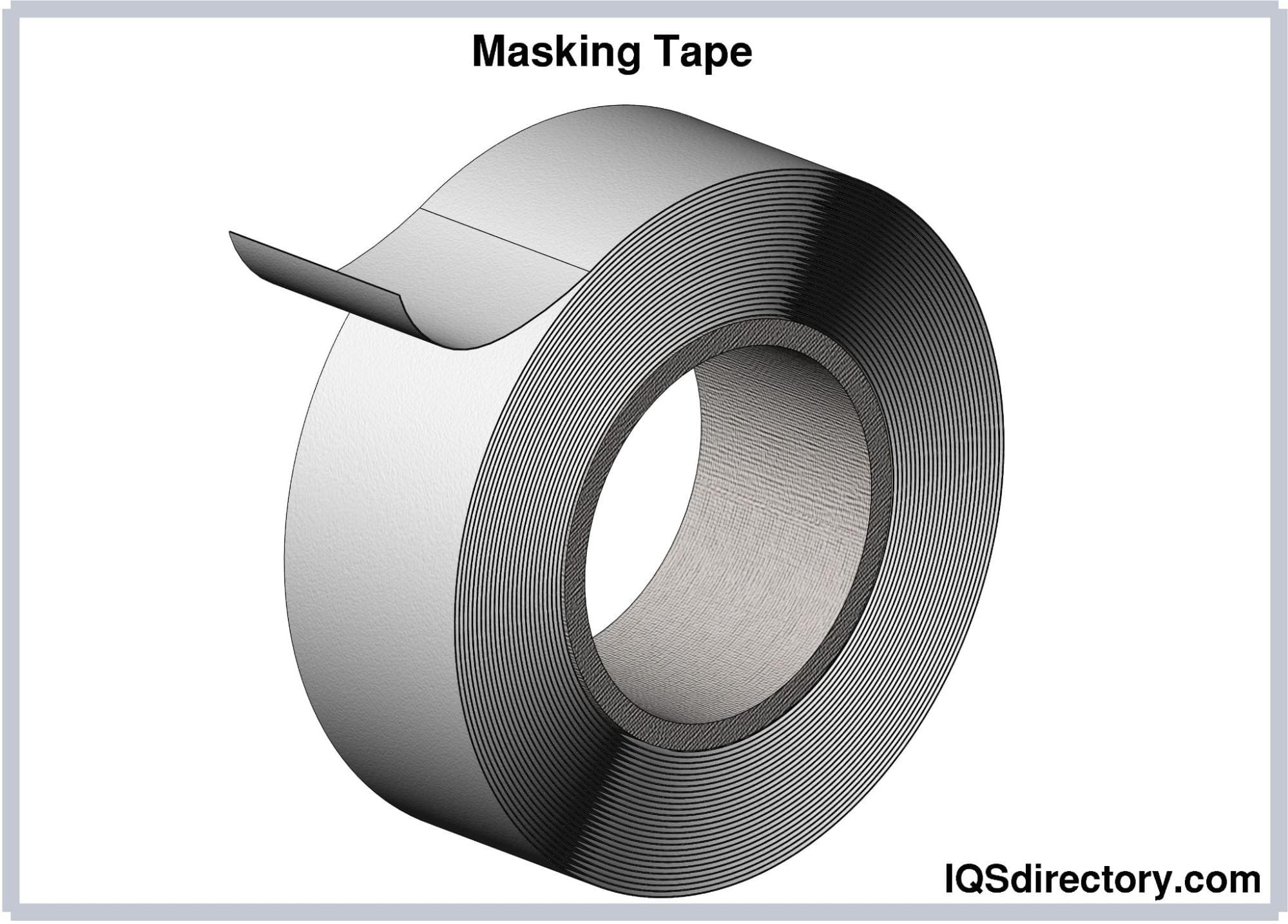
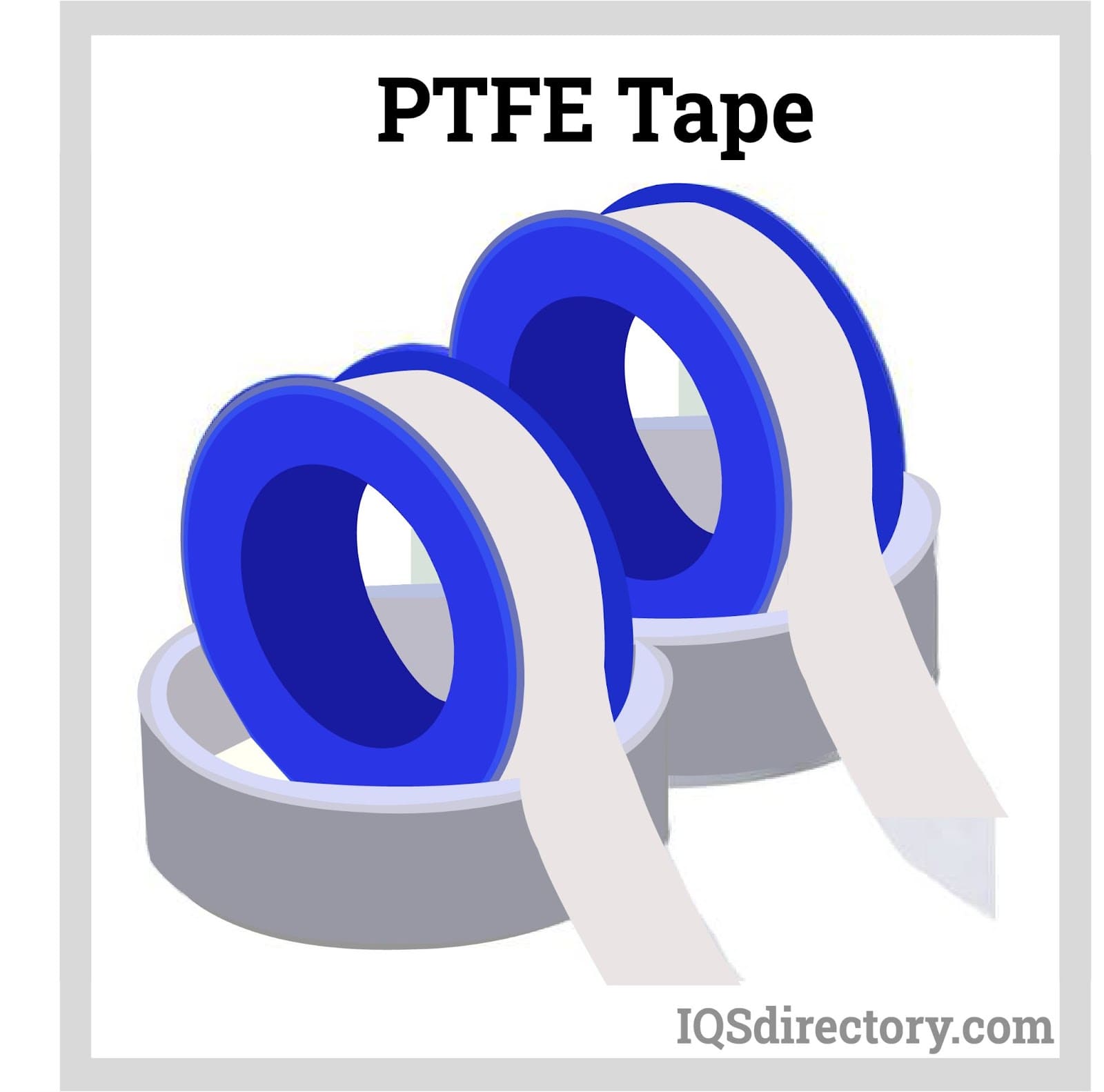
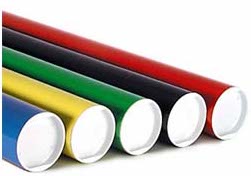 Cardboard Tubes
Cardboard Tubes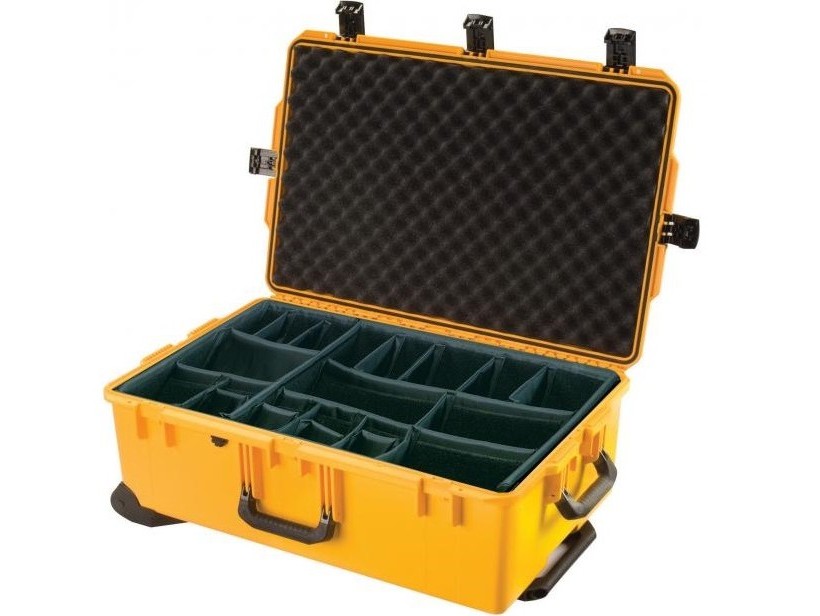 Carrying Cases
Carrying Cases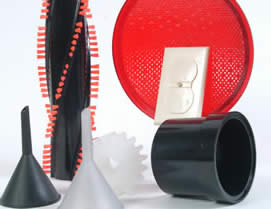 Contract Packaging
Contract Packaging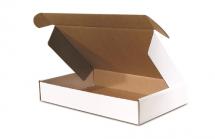 Corrugated Boxes
Corrugated Boxes Dot Peening Machines
Dot Peening Machines Labeling Machinery
Labeling Machinery Marking Machinery
Marking Machinery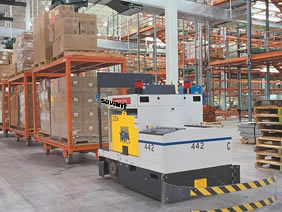 Packaging Equipment
Packaging Equipment Palletizers
Palletizers Plastic Bags
Plastic Bags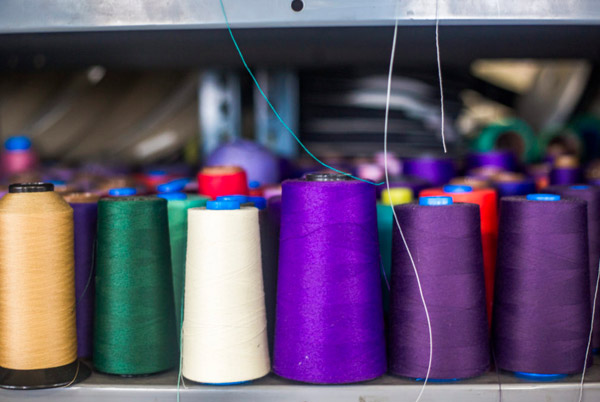 Sewing Contractors
Sewing Contractors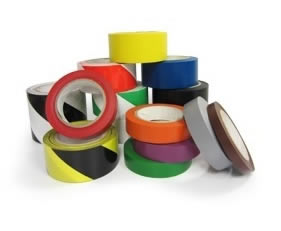 Tape Suppliers
Tape Suppliers Castings & Forgings
Castings & Forgings Bulk Material Handling
Bulk Material Handling Electrical & Electronic Components
Electrical & Electronic Components Flow Instrumentation
Flow Instrumentation Hardware
Hardware Material Handling Equipment
Material Handling Equipment Metal Cutting Services
Metal Cutting Services Metal Forming Services
Metal Forming Services Metal Suppliers
Metal Suppliers Motion Control Products
Motion Control Products Plant & Facility Equipment
Plant & Facility Equipment Plant & Facility Supplies
Plant & Facility Supplies Plastic Molding Processes
Plastic Molding Processes Pumps & Valves
Pumps & Valves Recycling Equipment
Recycling Equipment Rubber Products & Services
Rubber Products & Services